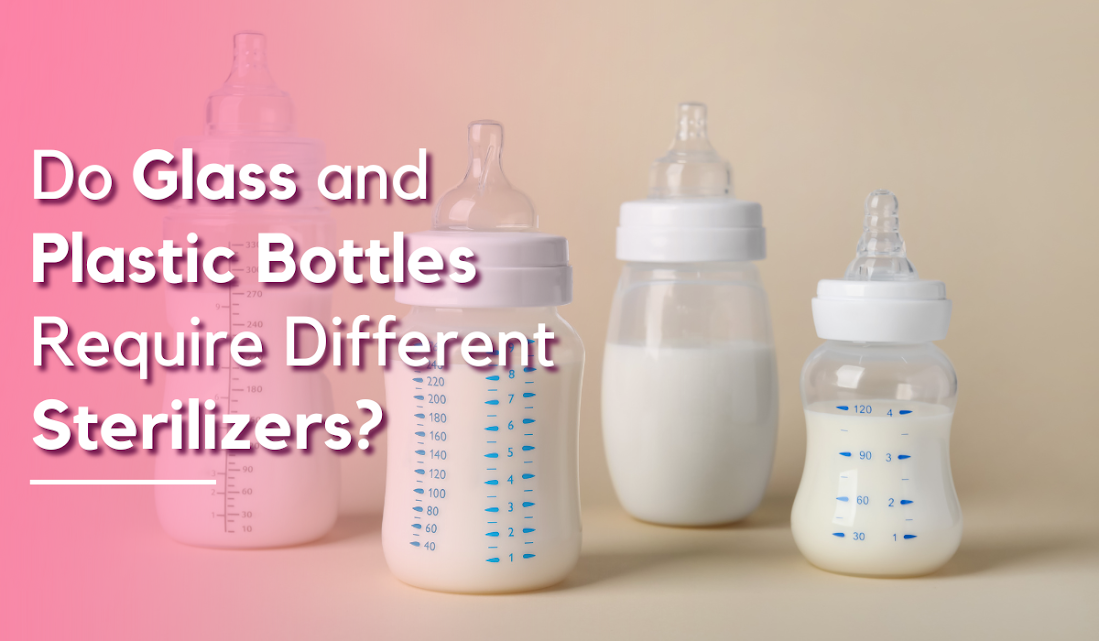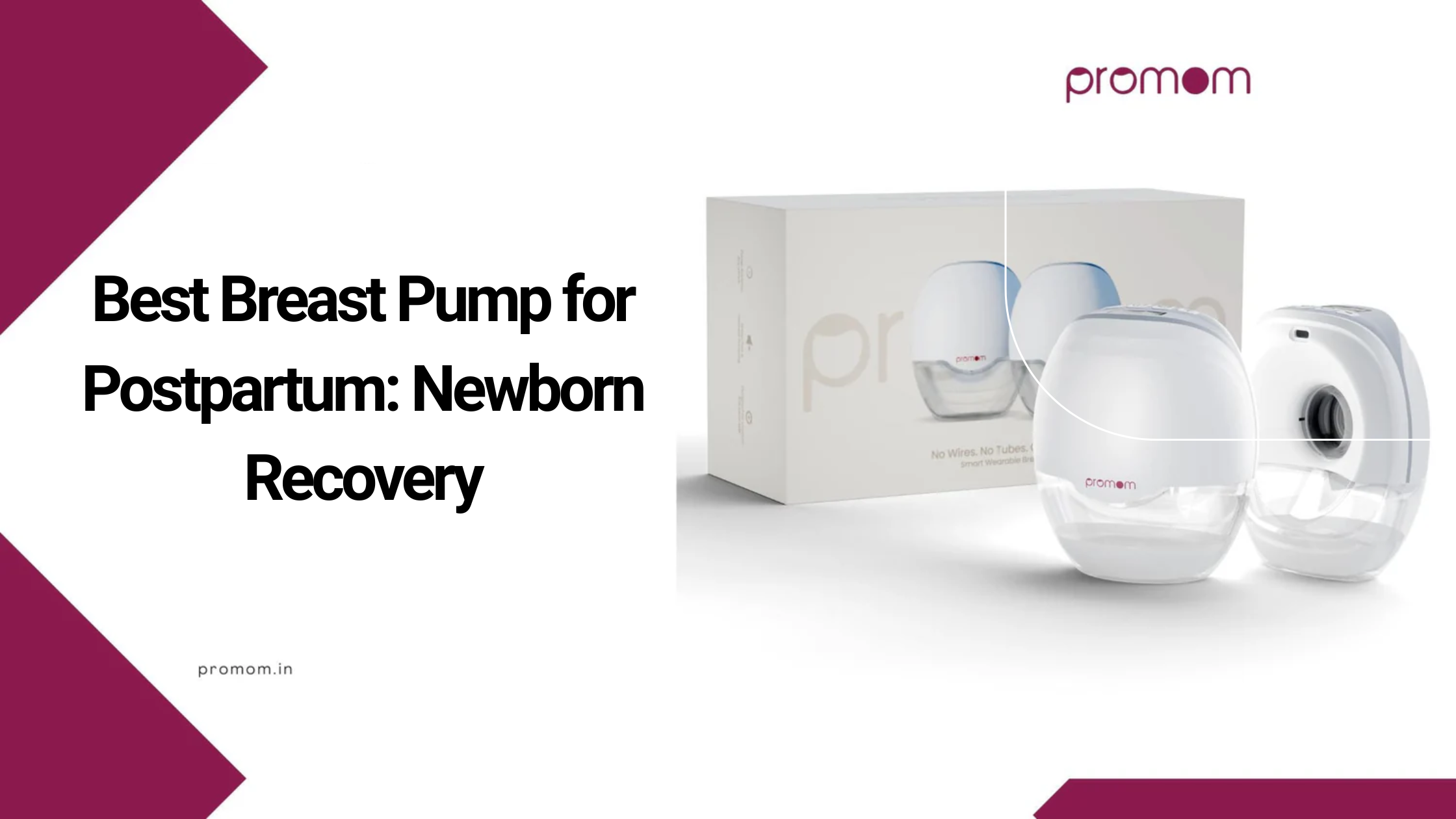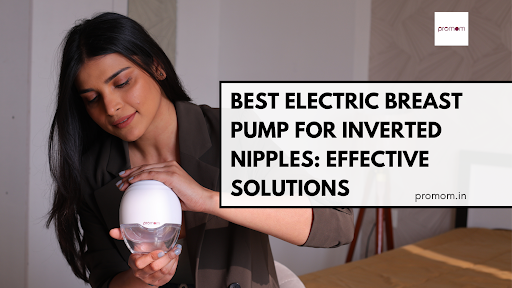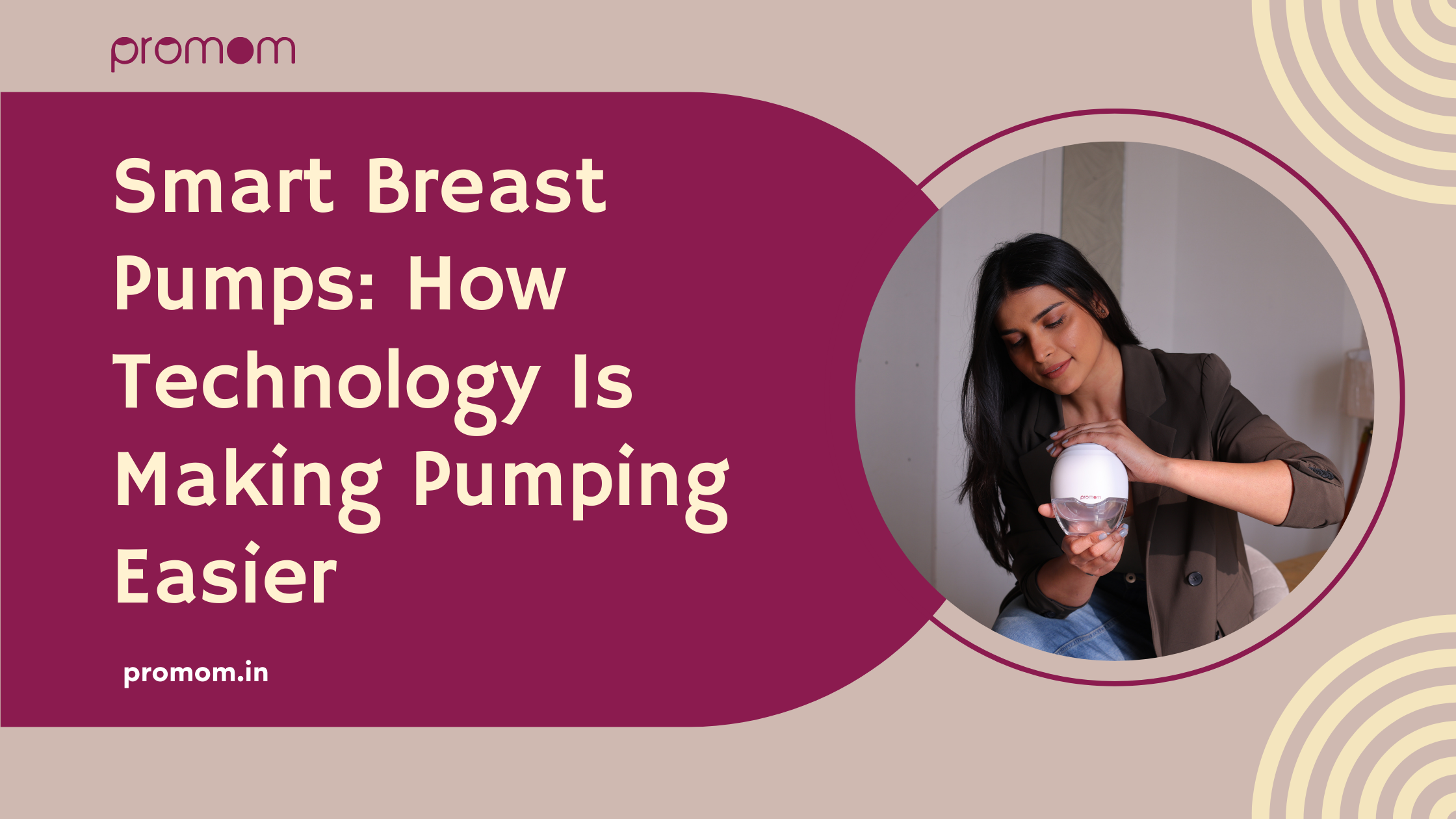
Do Glass and Plastic Bottles Require Different Sterilizers?
The correct sterilization method for your baby’s feeding bottles stands as an essential part of maintaining both cleanliness and safety during their use. A baby bottle sterilizer removes hazardous bacteria and germs from both glass and plastic bottles.
The sterilization process needs to consider if glass bottles and plastic bottles have distinctive requirements. The short answer is no. Selection of the sterilization method depends on both the durability of the bottle material and its sensitivity to temperature changes.
The following guide provides directions about proper glass and plastic baby bottle sterilization methods together with recommendations for selecting an appropriate baby bottle sterilizer according to your needs.
The Significance of Bottle Sterilization for Infant Care
Infants have underdeveloped immune capabilities that make them susceptible to infections. The process of sterilization removes all dangerous bacteria, germs, and viruses that exist in baby bottles. Your baby's bottles must receive proper cleaning regardless of their material choice between glass and plastic since this caring practice protects their health.
Glass vs. Plastic Baby Bottles: Key Differences
The initial distinction needs clarification since we begin our study of sterilization methods on glass and plastic bottles.
Glass Bottles
Experts recognize glass material as a substance that carries both durability and non-toxic characteristics. The absence of BPA (Bisphenol A) enables these bottles to prevent harmful substance leakage into milk containers made from plastic. The integrity of glass bottles stays constant while they retain their shape during extended periods of use and refuse to soak up either smells or discolorations.
Plastic Bottles
Plastic bottles weigh less and resist breaking incidents more than glass bottles do. Various dimensions of these bottles, alongside their wide-shaped selection, make plastic bottles appealing to numerous parents. Plastic bottles experience durability reductions when they are subjected to repeated heating temperatures.
Sterilizing Glass Bottles
Glass bottles have longer durability under high-temperature conditions. The resistance of glass to absorbing aroma and taking damage from time passage makes it an excellent choice for steam sterilization. Steam baby bottle sterilizers are considered excellent devices for glass bottle sterilization. Glass lets the intense heating temperature easily pass through until all bacterial life has been eliminated.
When operating a glass bottle-capable steam sterilizer, you need to verify that the unit supports processing bottles with their specific dimensional characteristics. The glass bottles maintain heat after steaming, which causes potential hazards; therefore, exercise caution during removal from the sterilizer to prevent burns.
Sterilizing Plastic Bottles
Plastic bottles have the advantage of being mild and resilient against breaking but show higher vulnerability to heat exposure. Plastic warps and loses shape when exposed to extreme heat; thus, selecting a baby bottle sterilizer that works gently on plastic materials matters. A steam sterilizer with adjustable temperature settings makes an excellent choice since this feature aids in protecting plastic from deformation caused by excessive heat.
Bacteria elimination using UV sterilizers enables plastic bottle sterilization without applying heat to the containers. Plastic baby bottles gain maximum protection through this sterilization method because it helps prevent damage to their shape and structure.
Tips for Sterilizing Glass and Plastic Bottles
1. Follow Manufacturer’s Instructions
Follow all recommendations provided by manufacturers who make your baby bottles and your chosen baby bottle sterilizer. Positive sterilization results from following recommended instructions, which protect bottles from temperature-related damages.
2. Use a Suitable Sterilizer
When using glass bottles, it is best to use a steam sterilizer, which can efficiently heat the glass to high temperatures. Set the temperature controls of your sterilizer correctly when you want to preserve plastic bottles to avoid warping effects. Try using a UV sterilizer, as it will perform heat-free sterilization that works smoothly on plastic materials.
3. Inspect Bottles Regularly
Look for wear on all your bottles at regular intervals, particularly when it comes to plastic bottles. Bacteria develops at the locations where scratches, warping, or cloudiness appear. Ungulate bottles that exhibit visual signs of impairment for the sake of preserving proper sterilization conditions.
4. Rinse Before Sterilizing
A warm water rinse of baby bottles must always precede their placement inside the sterilizer. Clearing milk residue beforehand leads to more effective sterilization outcomes, which guarantees better safety standards for your baby's bottles.
Conclusion
You can effectively sterilize glass or plastic baby bottles through suitable sterilizer equipment, but the selection depends on how sensitive the bottles are to heat. Glass bottles provide excellent durability because they successfully survive elevated heat levels, which makes them great for use in steam sterilization. People should use sterilizers having adjustable temperature controls and UV sterilization features when treating plastic baby bottles.
A baby bottle sterilizer provides parents with an easy method to produce safe, bacteria-free bottles for their babies. Your choice of bottle does not matter because the correct sterilizer in your home will give you peace of mind while ensuring the best care for your baby.


